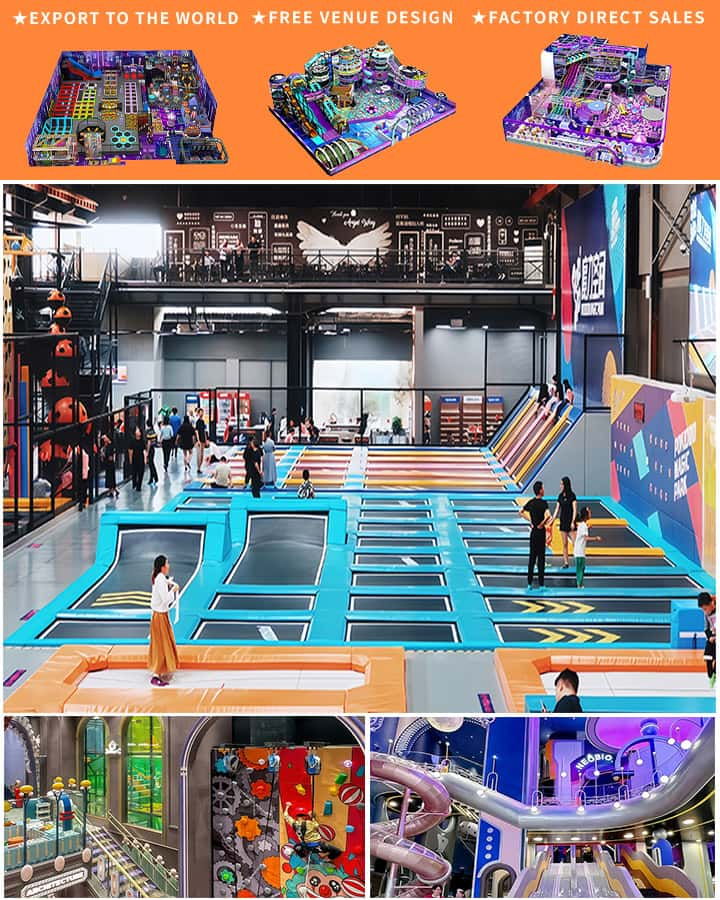In recent years, the importance of well-equipped recreational spaces in urban and suburban parks has gained significant traction. These areas serve as vital hubs for community engagement, physical activity, and childhood development. One crucial aspect often overlooked is the provision and maintenance of up-to-date playground equipment. Thankfully, numerous grants are available to support such initiatives, enabling parks and recreation departments to offer safe and stimulating environments for children and families.
Understanding the landscape of funding opportunities is the first step toward successfully securing grants for playground equipment. Government agencies, private foundations, corporate sponsors, and community organizations all contribute to these funds. Each grant program comes with its own set of criteria, application procedures, and deadlines, making it essential to research thoroughly before applying.
Government Grants
Federal and state governments are primary sources of funding for public playground projects. Programs like the Department of Agriculture’s Community Facilities Direct Loan & Grant Program or the U.S. Department of Health and Human Services’ Outdoor Recreation Legacy Partnership (ORLP) are designed to assist communities in developing and improving recreational facilities. These grants typically prioritize projects that enhance community health and wellness, encourage outdoor activities, and cater to underserved populations.
Private Foundations and Nonprofits

Various private foundations and nonprofit organizations also offer grants specifically aimed at enhancing public parks and recreational facilities. For instance, the National Recreation and Park Association (NRPA) provides grants through initiatives like the “Let’s Move in Communities” campaign, which partners with local governments to build safe, welcoming, and inclusive playgrounds. Other notable foundations include KaBOOM!, whose mission is to ensure every child has access to a high-quality play space within walking distance of their home.
Corporate Sponsorships
Many corporations are keen on giving back to the community and view sponsorship of public playground projects as an excellent opportunity to do so. Companies like The Home Depot, Lowe’s, and even local businesses often provide financial support or donate materials for playground construction. Engaging with corporate social responsibility (CSR) departments can open doors to substantial contributions that might not be widely advertised.
Community Initiatives
Local fundraising efforts and community initiatives can significantly supplement grant applications. Organizing events like charity fun runs, bake sales, or crowdfunding campaigns not only raises awareness but also generates additional funds. Community involvement can demonstrate strong local support, which is an attractive element for many grant providers.
Steps to Apply for Grants
- Research Opportunities: Begin by identifying potential grant providers whose objectives align with your project goals. Use online databases, government websites, and community resources to compile a list of applicable grants.
- Prepare a Comprehensive Proposal: Craft a detailed proposal outlining the need for new or updated playground equipment, the benefits it will bring to the community, project timelines, and budget estimates. Include letters of support from community leaders or stakeholders.
- Meet Eligibility Criteria: Carefully review and ensure your project meets all specified requirements of each grant, including location, population served, and project scope.
- Submit Applications: Adhere strictly to application guidelines, providing all requested documentation and ensuring forms are completed correctly. Missing deadlines or submitting incomplete applications can disqualify your project.
- Follow Up: After submission, maintain communication with grantors for updates and be prepared for potential site visits or interviews. Persistence and professionalism throughout this process can positively influence decisions.
Conclusion
Securing grants for playground equipment can transform parks and recreation areas into vibrant centers of activity, fostering physical health, social interaction, and overall well-being among community members. By diligently pursuing available funding opportunities, whether from government entities, private foundations, corporations, or community efforts, park administrators can create safer, more engaging play environments for future generations. Remember, the key lies in thorough preparation, strategic planning, and active community participation.




